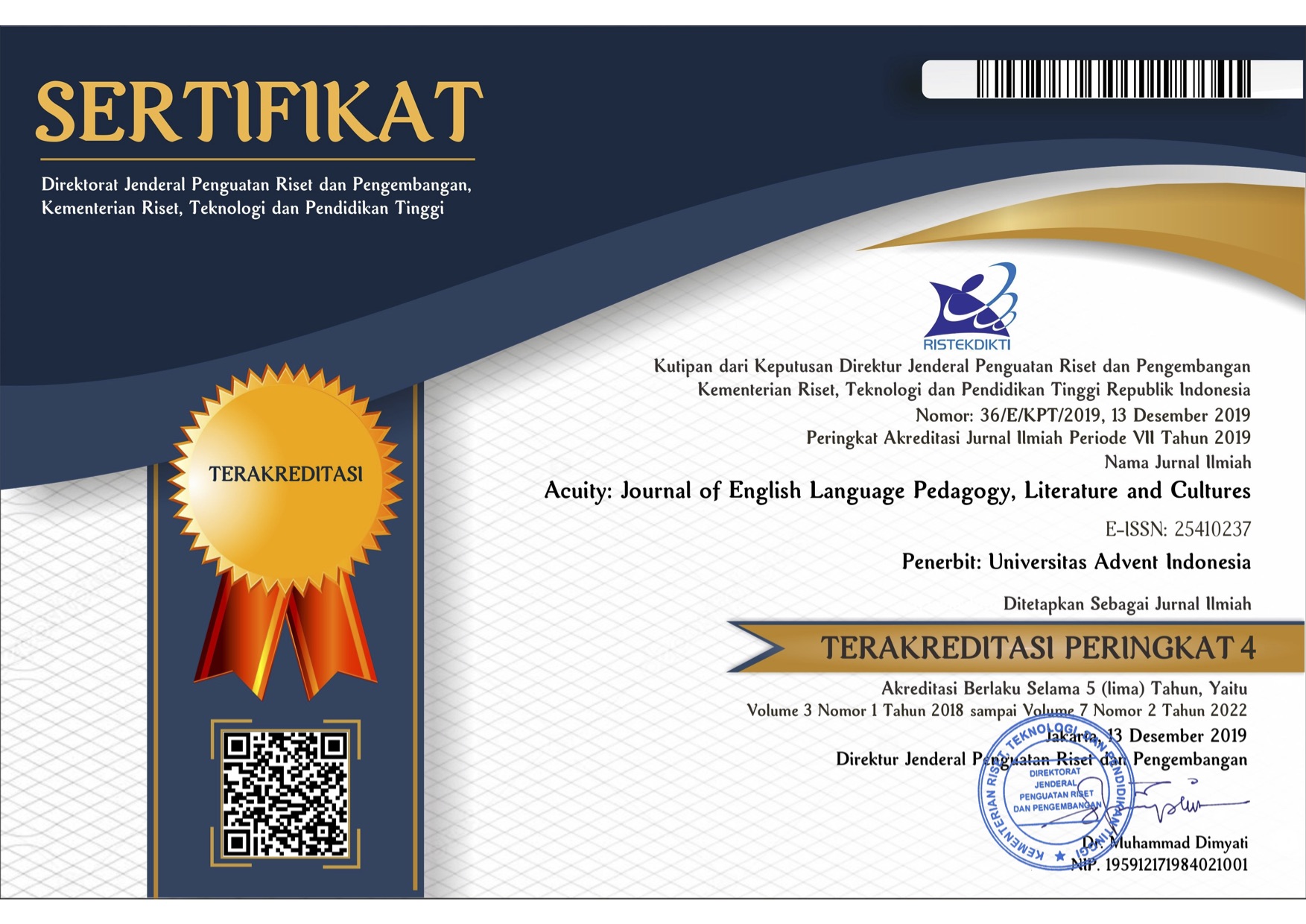MENINGKATKAN KEMAMPUAN KOMUNIKASI MATEMATIS SISWA SD MELALUI MODEL PEMBELAJARAN KOOPERATIF QUESTION STUDENTS HAVE DAN FISHBOWL
Abstract
Abstract: Mathematical communication is the ability of students to explain mathematical ideas both verbally and writing. But students' mathematical communication skills are still very low compared to other countries. The purpose of this research was to find out whether there were an increase in mathematical communication skills of students who obtained the cooperative learning model Question Students Have or Fishbowl type, and the students' responses to the learning model. The sample in this research were students of VA and VC, SD KARTIKA X-3
Parongpong, West Bandung. The instrument used is a mathematical communication skills test in the form of subjective questions related to the material "Collection and Presentation of Single Data". The statistical test used is a two-mean difference test, t-test at a significant level of 0.05. The results showed that (1) The increase of students' mathematical communication skills through cooperative learning models Question Students Have and Fishbowl types were in the medium category. (2) There is no significant difference in the increase of mathematical communication skills between students who get the cooperative learning model Question Students Have type and students who get Fishbowl type learning model. (3) Students' responses to mathematics learning using cooperative learning models Question Students Have type is in the "like" category while Fishbowl type is in the "really like" category.
Keywords: Mathematical Communication, Cooperative Learning, Students Have Questions, Fishbowl
Downloads
Downloads
Published
How to Cite
Issue
Section
License
The submitting author warrants that
- The submission is original and that she/he is the author of the submission together with the named co-authors; to the extend the submission incorporates text passages, figures, data, or other material from the work of others, the submitting author has obtained any necessary permission.
- Articles in this journal are published under the Creative Commons Share-Alike Attribution Licence (CC-BY-SA What does this mean?). This is to get more legal certainty about what readers can do with published articles, and thus a wider dissemination and archiving, which in turn makes publishing with this journal more valuable for you, the authors.
- By submitting an article the author grants to this journal the non-exclusive right to publish it. The author retains the copyright and the publishing rights for his article without any restrictions.








